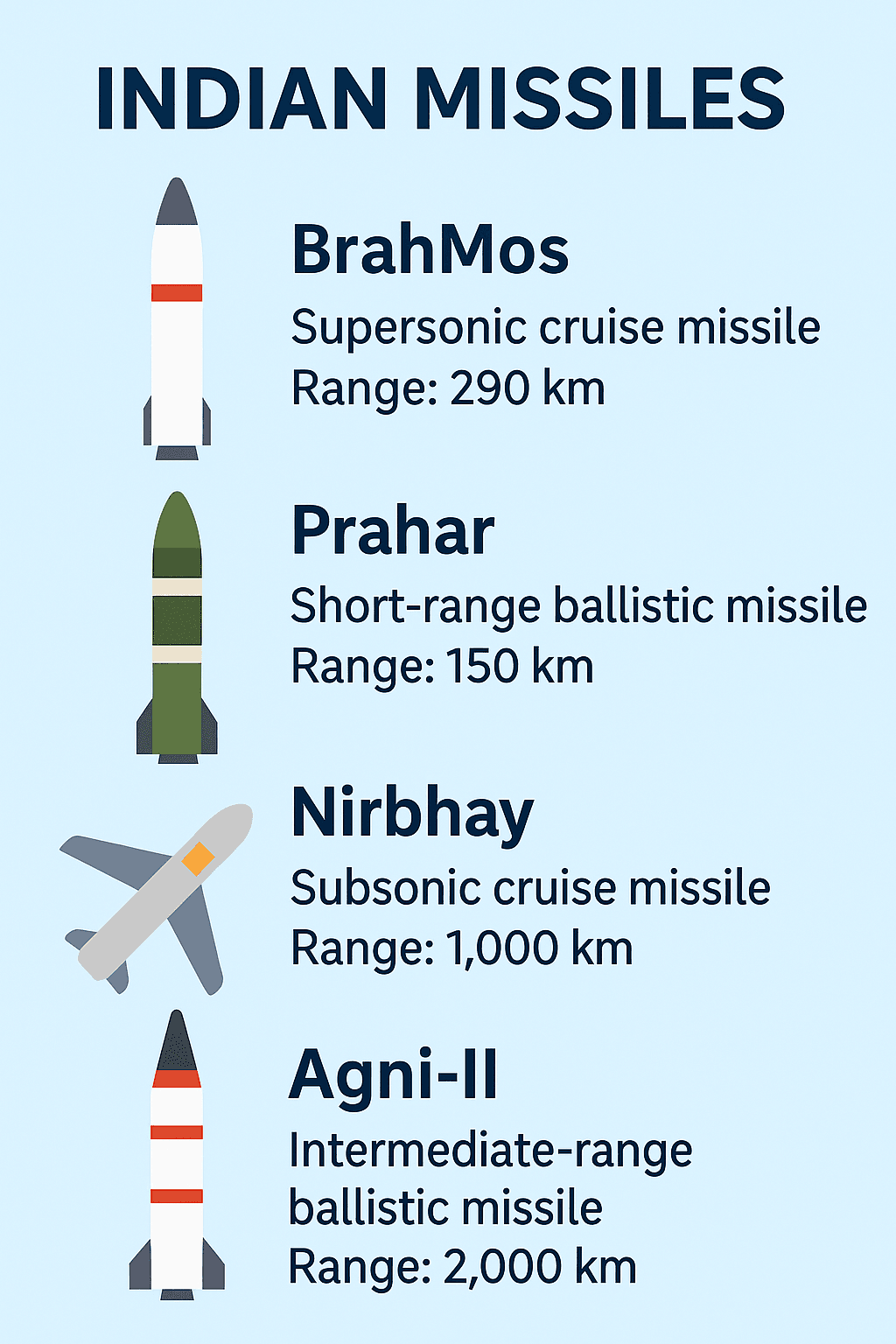
A recent YouTube video titled “Don’t Date Indian Women,” released by popular content creator Hamza, has triggered a wave of discussion online, drawing both backlash and support. While the title and thumbnail—which label a bride as an “Evil Indian Woman”—sparked outrage, the actual content dives into a deeper conversation often overlooked in India: the increasing cases of violence against men, the alleged spread of misandry, and concerns about systemic bias in legal and societal structures.
This article explores the content of the video and uses it as a lens to examine broader societal issues: the state of male vulnerability, the influence of extremist feminism, and the silent suffering of Indian men in relationships, law, and culture.
What the Video Actually Says
Hamza’s video presents a stark thesis: that modern relationships in India have become increasingly dangerous for men, especially when legal protections are asymmetrical and social narratives vilify masculinity. He illustrates his argument using eight real-life cases in which Indian men were murdered by their wives or their wives’ lovers:
- Raja Raguanchi: Murdered during his honeymoon by hitmen hired by his new wife.
- Pravin Raalo: Strangled by his wife’s lover.
- Chandrashikar: Killed while asleep.
- Dillip: Ambushed and murdered after discovering his wife’s affair.
- A man beaten with an iron pipe after confronting his wife.
- A military officer drugged and dismembered.
- A man stabbed after questioning a suspicious phone call.
- Ravit: Strangled and disguised as a snake bite.
Hamza critiques feminists for their silence on such incidents and accuses them of pushing an agenda that places all blame on men while ignoring rising violence against them. He then provides men with advice on avoiding conflict, maintaining composure during confrontations, understanding legal risks, and managing breakups safely.
While the packaging of the video is undeniably provocative, the content raises valid concerns about gender dynamics that rarely make it to mainstream media.
Misandry: The Silent Bias?
Misandry—prejudice against men—is a term still foreign to many Indians. However, subtle signs of its emergence can be seen across social and digital platforms. It often masquerades as empowerment or satire but increasingly fosters a climate of hostility against men, especially young boys and teenagers.
Examples of Rising Misandry:
- Viral trends like “#MenAreTrash” gain traction without pushback, even when they generalize all men.
- College debates and gender-sensitization workshops at times frame men as inherent aggressors.
- Certain Instagram influencers and content creators openly encourage female followers to “use men,” “cheat smarter,” or “never feel bad for hurting them.”
While such content is often dismissed as “jokes,” the psychological effect—especially on young girls—is considerable. Young men, in turn, are often left feeling alienated, vilified, and distrustful of relationships and societal structures.
When Feminism Fails Its Promise of Equality
Feminism, at its core, is about equality. However, critics argue that some feminist organizations in India have drifted from this principle. The loudest and most radical voices are often given the most visibility, and in doing so, they overshadow both moderate feminists and the legitimate grievances of men.
Examples include:
- Women’s rights campaigns that ignore violence against men in domestic settings.
- NGOs that refuse to acknowledge male suicide statistics or custodial abuse.
- Gender studies material in schools that teach boys about “toxic masculinity” without offering male-positive models or conversations on male trauma.
Instead of building empathy across genders, some factions within the movement have cultivated resentment and distrust—particularly toward men who do not conform to their worldview.
Biased Legal Landscape and Its Real-World Implications
Legal experts and men’s rights groups have long warned about the dangers of a one-sided legal framework:
- The Protection of Women from Domestic Violence Act (PWDVA), 2005, does not allow male victims to file complaints.
- Section 498A of the Indian Penal Code (dowry harassment law) has often been misused, with the Supreme Court itself noting the rise of false cases.
- In family courts, men face an uphill battle for child custody, alimony claims, or even restraining orders, despite the facts of the case.
According to NCRB data (2023), nearly 25% of men arrested under domestic violence charges were later acquitted due to lack of evidence. Yet the stigma and trauma remain.
The Mental Health Toll on Men
- India’s male suicide rate is 2.5x higher than that of women (NCRB, 2023).
- Married men account for over 65% of suicides in the age group 30–50.
- Male victims of abuse rarely report due to social stigma, fear of ridicule, or lack of institutional support.
Hamza’s video indirectly addresses this vacuum by urging men to protect their mental and physical well-being, avoid confrontations, and walk away from toxic situations.
Reactions and Cultural Divide
While feminists and progressive circles have criticized the video as promoting regressive thinking and woman-blaming, many men have praised it for “saying what nobody else dares to.”
Some comments from social media:
🗣️ “This is the reality nobody talks about. Male lives matter too.”
🗣️ “He’s only saying what thousands of men think but can’t say out loud.”
🗣️ “The title is too much, but the cases he cites are real and terrifying.”
This polarization reflects a broader cultural divide where both genders feel unheard, unsafe, and misrepresented.
A Way Forward: Can We Talk About Men Without Dismissing Women?
If India is to grow as a society, it must make room for all truths—including those of men. That does not mean sidelining women’s issues. Instead, it requires a holistic approach to gender justice where the struggles of one gender aren’t dismissed simply because they are less visible or politically inconvenient.
Key recommendations:
- Gender laws should be made gender-neutral, especially around domestic abuse, custody, and protection orders.
- National Commission for Men should be established, similar to the National Commission for Women.
- Media must stop glorifying extreme ideologies—whether misogyny or misandry—and focus on informed, empathetic reporting.
- Mental health programs in schools and colleges should include male vulnerability and emotional well-being.
Conclusion
Hamza’s video may be controversial, but it has cracked open a necessary conversation. For too long, Indian society has operated on the belief that only one gender suffers systemic injustice. The truth is more complex. Both men and women need legal, emotional, and societal protection.
As India progresses, it’s time to build a society where gender equity is not a zero-sum game—and where the pain, fears, and vulnerabilities of men are finally given the attention they deserve.















